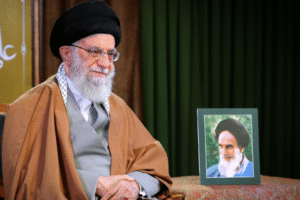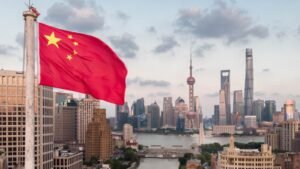Huawei Apple China Semiconductor TechCompetition Innovation MarketAnalysis ChipTechnology SupplyChain
—
Huawei, the Chinese telecommunications giant, continues its fierce competition with Apple in the Chinese market. Despite achieving recent technological milestones, Huawei’s chip manufacturing capabilities still fall short when compared to Apple’s robust supply chain. According to Ming-Chi Kuo, a renowned analyst known for his insights into the tech industry, this discrepancy could have long-term implications for Huawei’s position in the high-end smartphone market.
Huawei has made significant strides in overcoming challenges posed by U.S. sanctions, which have restricted their access to advanced semiconductor technology. In response, Huawei has pushed for self-reliance by developing its own chips, with its latest Kirin 9000S processor marking a notable achievement. However, these processors reportedly still lag behind Apple’s A-series chips in terms of performance and energy efficiency. Kuo notes that, while Huawei has demonstrated impressive innovation capabilities, the technological gap remains significant due to limited access to cutting-edge lithography equipment (Source: CNBC).
Apple’s advantage is further bolstered by its strong relationships with industry-leading semiconductor manufacturers like Taiwan Semiconductor Manufacturing Company (TSMC). This strategic alliance allows Apple to leverage some of the most advanced chip-making technologies available, keeping its devices at the forefront of performance and efficiency. In contrast, Huawei’s reliance on alternative suppliers and in-house R&D efforts has resulted in slower progress. Kuo asserts that without access to similar high-end manufacturing technologies, Huawei faces an uphill battle in catching up with Apple’s chip capabilities.
Despite these challenges, Huawei remains determined to maintain its foothold in the Chinese market, which is one of the largest and most competitive smartphone markets globally. The company has employed aggressive strategies such as launching premium devices, expanding its ecosystem, and investing in research and development. Kuo believes that while Huawei’s efforts are commendable, the chip disadvantage could limit its potential to regain its former market share, especially in the premium segment dominated by Apple.
In summary, Huawei’s ongoing struggle with chip technology highlights the broader implications of technological self-sufficiency and global supply chain dynamics. As the company continues to innovate and navigate geopolitical hurdles, its battle with Apple illustrates the complexities faced by tech giants in maintaining competitive parity. While Huawei has shown remarkable resilience and ingenuity, matching Apple’s semiconductor prowess remains a formidable challenge that could shape the future of the smartphone industry.







Comments are closed.